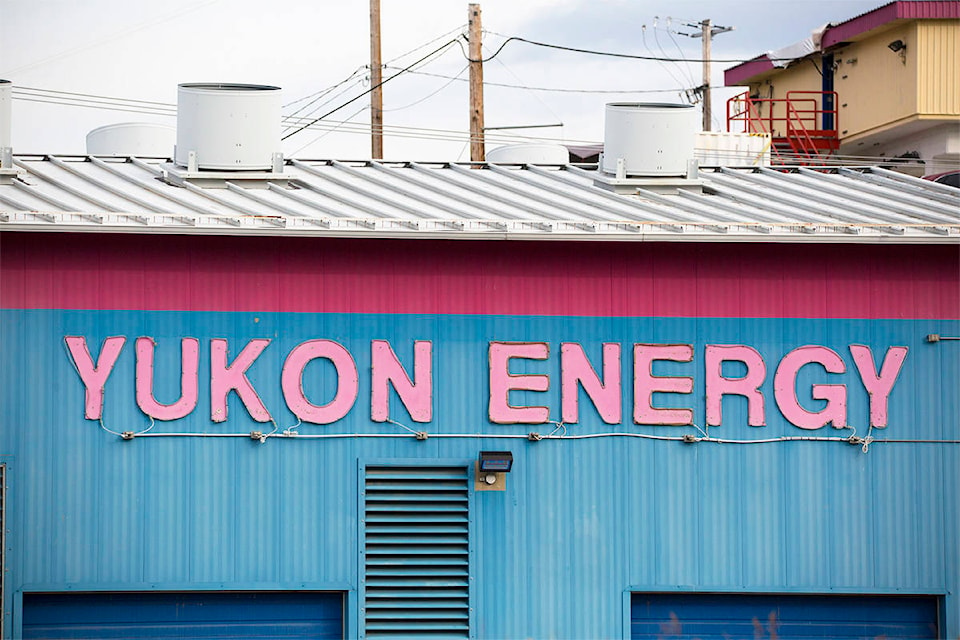Champagne and Aishihik First Nations are expressing disappointment with a decision by the Yukon Energy Corporation to submit an independent proposal to the Yukon Environmental and Socio-economic Assessment Board about the future of the Aishihik Generating Station.
“Our preferred approach would have been to work with YEC to prepare and submit a joint proposal,” reads the CAFN statement released on Aug. 11, attributed to Acting Chief Rose Kushniruk.
“The story of the dam at Äshèyi is one of hardship and past wrongs. We have been impacted by the production of affordable power for Yukoners and industry for close to 50 years, and the costs to our land, water, fish, wildlife and people have been extremely high,” Kushniruk said.
The Aishihik Generating Station, located near Haines Junction, was originally constructed in 1972. The 37-megawatt plant produces up to 50 per cent of the Yukon’s renewable electricity during winter months.
In 2016 Yukon Energy and CAFN entered into a protocol agreement to work together on a forward plan for the operation of the dam. Issues include water levels and their environmental impact on Aishihik and Canyon lakes.
Yukon Energy is currently operating the station under a short-term licence granted in early 2020, which is set to expire on Dec. 31, 2022.
The project proposal sent to the Yukon Environmental and Socio-economic Assessment Board mid-July requests continued operation of the Aishihik hydro facility for up to a 25-year term.
The review process is expected to last between six and 12 months, but the First Nation said it is confident that they can continue to work with Yukon Energy on a solution, despite not being a co-author.
“This is a disappointing turn of events and adds new challenges. But we are cautiously optimistic that we can work together to get this right before the long-term licence is issued,” Kushniruk said.
Yukon Energy president and CEO Andrew Hall echoed that optimism and said the submission of the project proposal came down to timelines. He said there will be opportunities for feedback and cooperation during the review process.
“In the interest of time we went with the proposal that we had, which I believe addresses some of the concerns that they raised,” he said.
An unresolved concern is CAFN’s desire to see water levels returned to more natural flows. CAFN note that their perspective is that the Aishihik Generating Station is neither “green or sustainable energy.”
But Hall said that Yukon Energy’s perspective is that natural levels can’t be achieved right now without severely impacting power levels from the dam.
“In the long term there is an opportunity, I would say, over a 10-year time frame, to look at how we could bring new projects online to perhaps allow us to not run the same as we run it today. But it’s nothing that is going to happen soon,” he said. “It would be a huge cost to everyone to do that. I understand why that is an interest to the First Nation, but we have to think about power prices here in Yukon and keeping the lights on.”
CAFN said they will not be making further comments at this time.
Following YESAB’s review process, recommendations will be provided to the federal and territorial governments.
Contact Haley Ritchie at haley.ritchie@yukon-news.com
